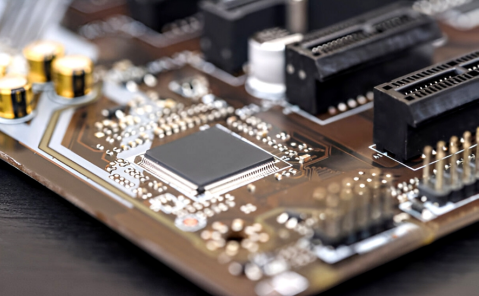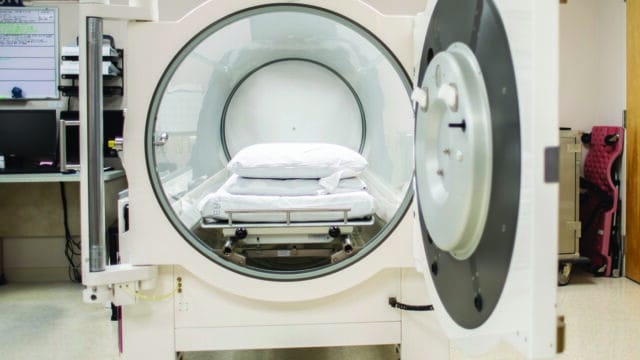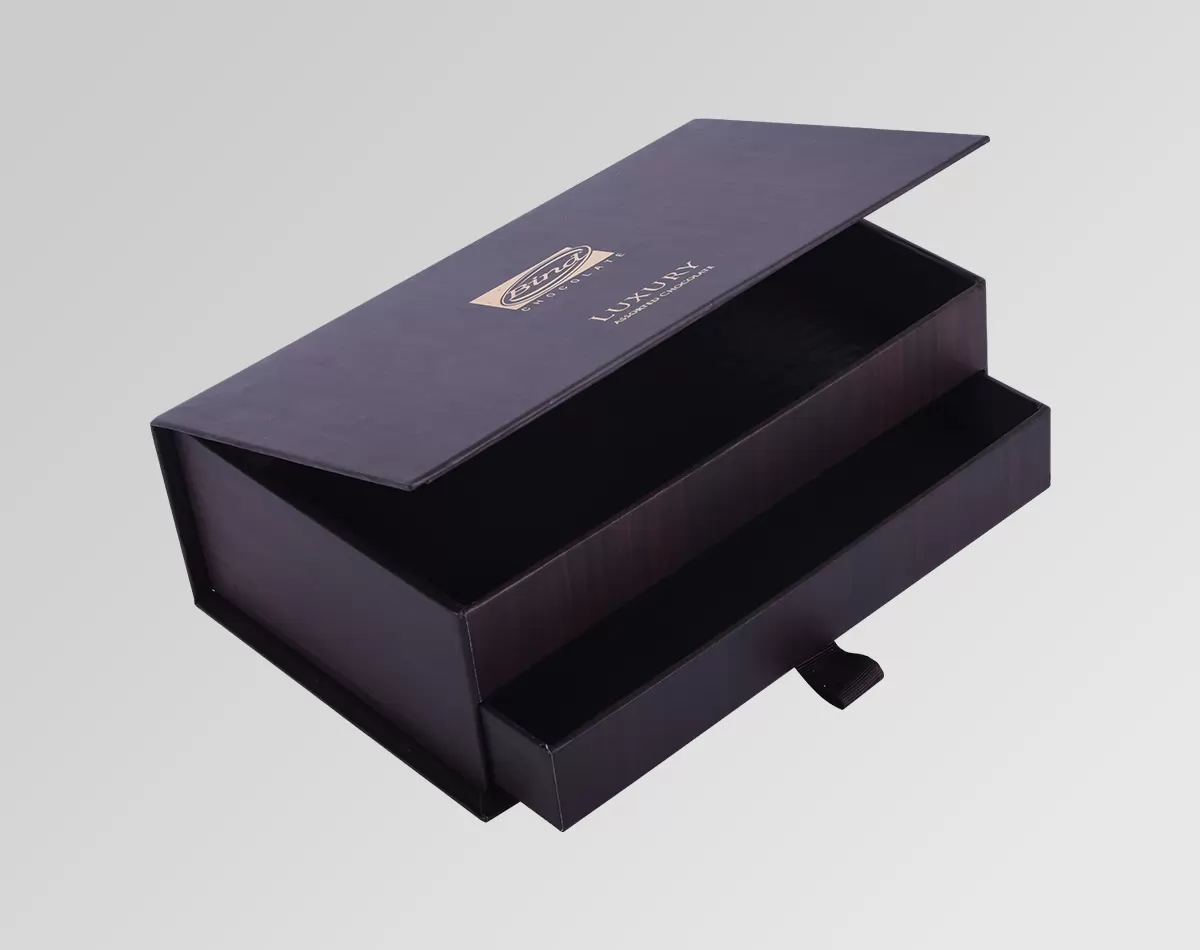Chronic health conditions have long been a significant challenge in the medical world. With persistent symptoms and slow recovery times, individuals living with chronic illnesses often find themselves stuck in a cycle of treatments that only address symptoms rather than the root causes. In recent years, however, one promising therapy has emerged as a potential game-changer in the management of chronic conditions: hyperbaric oxygenation therapy (HBOT). Known for its ability to accelerate healing in wounds and injuries, HBOT is now being explored for its effectiveness in treating a variety of chronic conditions, offering new hope for patients seeking better outcomes and improved quality of life.
Hyperbaric oxygenation therapy involves breathing pure oxygen inside a pressurized chamber, allowing oxygen to be absorbed directly into the blood plasma. This method of delivering oxygen has been proven to enhance tissue healing, improve circulation, and reduce inflammation, making it an invaluable tool for treating chronic diseases. This article delves into the healing potential of HBOT in chronic conditions, including how it works, its clinical applications, and the future outlook for this innovative treatment.
Understanding Hyperbaric Oxygenation Therapy
Hyperbaric oxygenation therapy works by increasing the amount of oxygen available in the body. Under normal conditions, oxygen is carried through the bloodstream by red blood cells. However, when exposed to elevated atmospheric pressure, the body can absorb oxygen directly into the blood plasma, which allows it to reach tissues that might otherwise be deprived of sufficient oxygen due to poor circulation or chronic conditions.
In a hyperbaric chamber, patients breathe in pure oxygen at pressures greater than atmospheric levels, typically ranging from 1.5 to 3 times the normal pressure. This elevated oxygen saturation enhances various biological processes that are critical for healing, tissue regeneration, and immune function. For individuals with chronic health conditions, this increased oxygenation provides a potent catalyst for overcoming the barriers to healing that are characteristic of many chronic diseases.
How Hyperbaric Oxygenation Benefits Chronic Conditions
The effects of HBOT on the body are multi-faceted, particularly when it comes to managing chronic conditions. Chronic diseases often involve prolonged inflammation, insufficient oxygenation in tissues, and impaired tissue repair. By addressing these factors, HBOT can provide significant benefits to those suffering from a wide range of chronic conditions. Here are some of the key ways in which hyperbaric oxygenation is transforming the treatment of chronic diseases:
1. Reducing Chronic Inflammation
One of the hallmark features of many chronic conditions, such as arthritis, fibromyalgia, and autoimmune disorders, is persistent inflammation. This inflammation not only causes pain but also interferes with the body’s ability to heal itself. Hyperbaric oxygenation therapy has been shown to reduce inflammation by increasing oxygen availability in tissues, helping to diminish the swelling and pain associated with chronic conditions.
The anti-inflammatory effects of HBOT make it particularly useful for patients with conditions like rheumatoid arthritis or Crohn’s disease. In these diseases, chronic inflammation leads to tissue damage, which can result in long-term disability. By reducing inflammation, HBOT can help mitigate the long-term effects of these diseases, enabling patients to manage their symptoms more effectively.
2. Enhancing Tissue Repair and Regeneration
Chronic conditions often involve slow or inadequate tissue repair. For example, individuals with diabetic neuropathy or chronic wounds experience poor healing due to compromised circulation and low oxygen supply to damaged tissues. Hyperbaric oxygenation promotes angiogenesis, the formation of new blood vessels, which improves blood flow to affected areas. This enhanced circulation allows oxygen and nutrients to reach tissues that may have been deprived of them, encouraging faster healing and regeneration.
Patients with non-healing wounds, such as diabetic foot ulcers, benefit from this effect, as it accelerates tissue repair and reduces the risk of infection. Additionally, HBOT has been shown to support the regeneration of nerve tissues, making it a valuable treatment for conditions like diabetic neuropathy, where nerve damage causes chronic pain and loss of sensation.
3. Improving Circulation and Oxygenation
Chronic diseases like peripheral artery disease, cardiovascular conditions, and diabetes often lead to poor circulation, where certain areas of the body do not receive an adequate supply of oxygen and nutrients. This impaired circulation can exacerbate the severity of the condition, as tissues become hypoxic and unable to function properly.
HBOT addresses this by improving oxygen delivery to these areas, stimulating blood flow, and enhancing the body’s ability to deliver oxygen to tissues that are struggling. This increased oxygenation can promote healing, reduce symptoms, and potentially prevent complications related to chronic conditions. For instance, in patients with peripheral artery disease, HBOT has shown promise in improving circulation in the extremities, reducing pain, and helping to heal wounds that would otherwise be slow to recover.
4. Boosting Immune Function
Chronic conditions often compromise the immune system, making patients more susceptible to infections and slowing the healing process. By enhancing the function of white blood cells, HBOT helps strengthen the immune response. White blood cells are essential for fighting infections and repairing damaged tissues, and their efficiency is significantly improved in an oxygen-rich environment.
This is particularly beneficial for individuals with chronic infections, such as osteomyelitis (bone infection), or for those who are prone to recurrent infections. By boosting the body’s immune defenses, HBOT can help reduce the incidence of infections and support long-term healing.
Applications of Hyperbaric Oxygenation in Chronic Conditions
The healing potential of hyperbaric oxygenation extends across a wide range of chronic conditions. Below are several areas where HBOT has shown promising results:
1. Chronic Pain Conditions
Conditions such as fibromyalgia, chronic fatigue syndrome, and musculoskeletal pain disorders often involve persistent pain that is difficult to manage with conventional treatments. HBOT helps reduce the inflammation associated with these conditions, easing pain and improving mobility. It can also help repair damaged tissues, reducing muscle stiffness and promoting overall comfort.
2. Neuropathy and Nerve Damage
Chronic conditions like diabetes and multiple sclerosis often lead to nerve damage, resulting in numbness, tingling, and chronic pain. Hyperbaric oxygenation therapy promotes nerve regeneration, improving symptoms such as numbness and burning sensations. It is particularly useful for individuals suffering from diabetic neuropathy, where poor circulation and nerve damage cause debilitating symptoms.
3. Chronic Wounds and Ulcers
Chronic wounds, such as diabetic foot ulcers or venous leg ulcers, are a common and challenging aspect of many chronic diseases. These wounds are often slow to heal due to poor circulation and low oxygen supply to the tissues. HBOT has been shown to accelerate the healing process by improving oxygen delivery to the affected areas, reducing the risk of infection, and stimulating tissue regeneration.
4. Post-Surgical Recovery
For patients recovering from surgery, particularly those with underlying chronic conditions like diabetes or vascular disease, HBOT can speed up the healing process. It reduces inflammation, enhances blood flow to the surgical site, and accelerates tissue repair, helping to shorten recovery times and improve outcomes.
Future Outlook for Hyperbaric Oxygenation in Chronic Disease Management
The healing potential of hyperbaric oxygenation in chronic conditions is still being explored, but the results so far are promising. As research continues to highlight the efficacy of HBOT for managing chronic diseases, it is likely that its role in chronic disease management will grow. New technologies and improved chamber designs may also make HBOT more accessible and cost-effective for a wider range of patients.
Moreover, as more healthcare providers recognize the benefits of HBOT for chronic conditions, it could become an integral part of comprehensive treatment plans for conditions like diabetes, arthritis, and cardiovascular disease. The potential for improved quality of life and enhanced long-term outcomes makes HBOT a treatment worth exploring for individuals living with chronic conditions.
Conclusion
Hyperbaric oxygenation therapy offers a powerful and innovative approach to managing chronic conditions. By improving oxygenation, reducing inflammation, enhancing circulation, and supporting immune function, HBOT can address the root causes of many chronic diseases and promote healing in ways that traditional treatments often cannot. As research continues and the therapy becomes more widely available, it holds the potential to transform the way we treat chronic conditions, offering new hope for patients who have long struggled with persistent symptoms and poor recovery. Hyperbaric oxygenation could very well be a key player in the next generation of chronic disease management.














